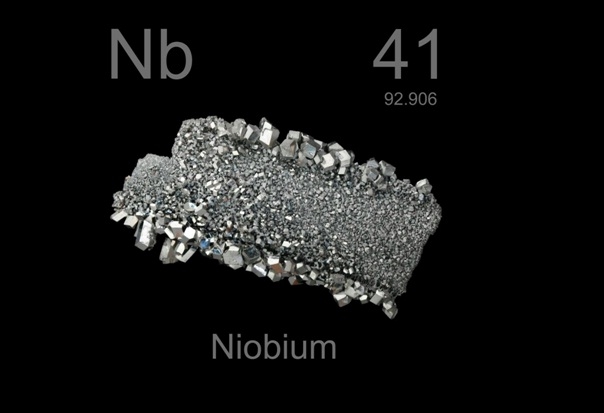Niobium: Unveiling Its Origins and Refinement
Introduction
Niobium, a remarkable metal with diverse applications, undergoes a series of preparation methods to transform from its raw state into a versatile material for various industries. In this exploration, we delve into the methods employed in the preparation and refinement of niobium, shedding light on its production processes and the significance of refining for optimal performance.

Niobium Preparation Methods
Niobium extraction involves several key methods, each tailored to meet specific industrial requirements.
- Carbothermal Reduction Process: This method employs carbon as a reducing agent to transform Nb2O5 into niobium bars through molten salt electrolysis and reduction.
- Niobium and Aluminium Reduction Process: Utilizing aluminium as a reducing agent, this method contributes to the production of niobium through reduction processes.
- Sodium Reduction Method: Although less common, this method involves sodium reduction for niobium production.
- Molten Salt Electrolysis Process: A process involving electrolysis of molten salt to produce niobium, known for its simplicity and low production costs.
- Niobium Reduction Process: Another reduction process contributing to the production of pure niobium.
Vacuum Carbon Reduction Method
The vacuum carbon reduction method stands out as a primary means of niobium production, executed in a vacuum tube furnace. This technique leverages carbon's affinity to oxygen over niobium, utilizing it as a reducing agent to restore Nb2O5 and produce niobium bars. With advantages like high product yield, cost-effectiveness, and minimal by-products, this method yields high-purity niobium bars and metal powder through wet processing.
- Direct Carbon Reduction: Produces sponge-like niobium with a large surface area, low metal impurities, and nitrogen content, ideal for capacitor-level niobium powder.
- Indirect Carbon Reduction: Characterized by large equipment production capacity, yielding relatively compact niobium strips suitable for bars, ingots, and processing materials.

Sodium Thermal Reduction Method
While less common due to limited applications in capacitor manufacturing, this method employs sodium reduction for niobium production.
Electrolysis Method
Niobium production through electrolysis includes molten salt electrolysis, known for its simplicity and low production costs.
Nitriding Process
In recent years, a nitriding process has emerged, utilizing niobium oxide or niobium iron as raw materials to produce niobium nitride through reactions with ammonia or nitrogen and carbon.
Niobium Refining
Niobium refining is crucial for removing impurities and enhancing the metal's properties.
- Purification: The removal of impurities, including hydrogen, oxygen, and nitrogen, is essential to prevent niobium brittleness.
- Densification: Simultaneously performed with purification, densification ensures the optimal density of the refined niobium.
Conclusion
In conclusion, the journey of niobium from its raw state to a versatile material involves meticulous preparation methods and refining processes. Each method, from vacuum carbon reduction to electrolysis and nitriding, contributes to the diverse applications of niobium across industries. As we uncover the intricacies of niobium production, it becomes evident that refining plays a pivotal role in enhancing its properties, and ensuring its optimal performance in various industrial applications. Stanford Advanced Materials continues to be at the forefront of this exploration, supporting the advancement of niobium technology.



